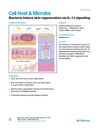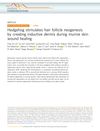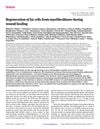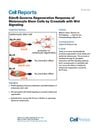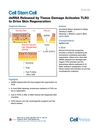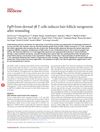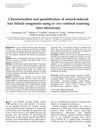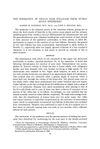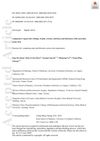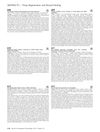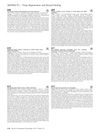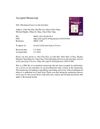Wound-Induced Hair Neogenesis Model
September 2022
in “
Journal of Investigative Dermatology
”
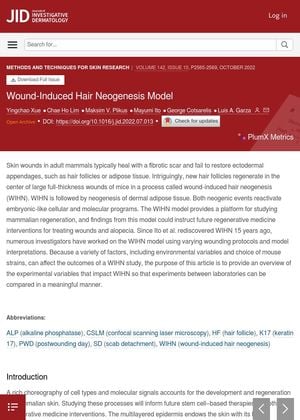
TLDR Careful selection of mice by genetics and age, and controlled housing conditions improve the reliability of hair regrowth in wound healing tests.
The document discusses the Wound-Induced Hair Neogenesis (WIHN) model, a process where new hair follicles regenerate in the center of large wounds in mice. This process reactivates embryonic-like cellular and molecular programs and is followed by the neogenesis of dermal adipose tissue. The study emphasizes the importance of standardized wounding procedures and post-wounding care to minimize variability in WIHN results. It recommends creating a 1 cm2 square wound in mice aged 3 weeks and a 2.25 cm2 square wound in mice aged 7 weeks or older for efficient WIHN. The final size of the healed wound, rather than the initial wounding size, strongly correlates with hair follicle neogenesis. The document concludes that careful selection of mice based on their genetics and age, and controlling the housing environment, can increase the reliability of the WIHN assay.

